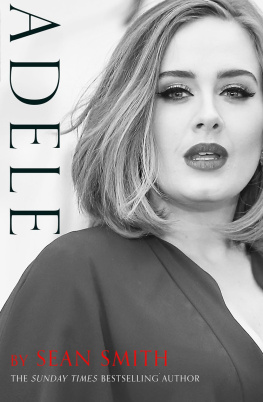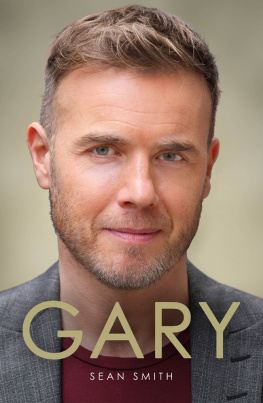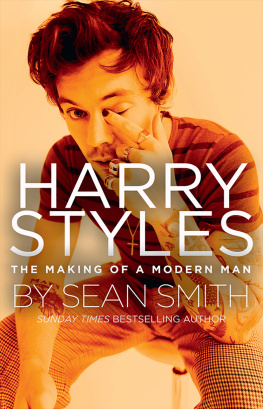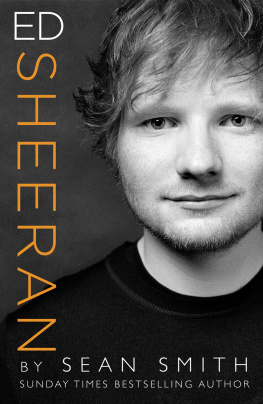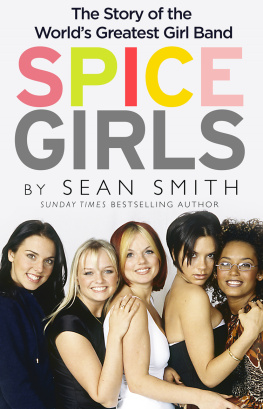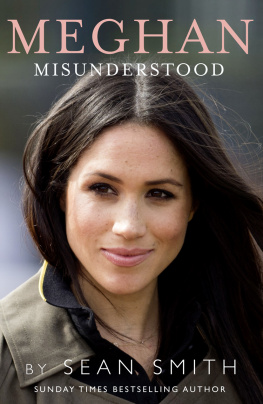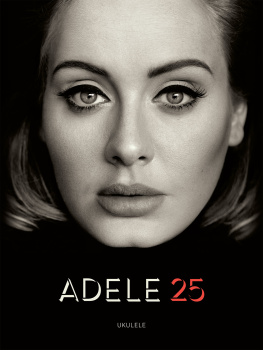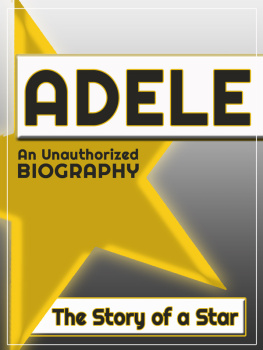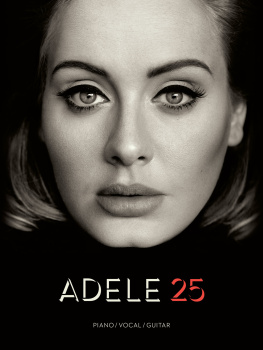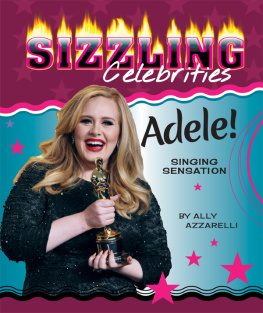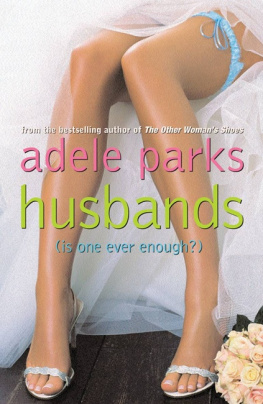4
Adeles reaction was forthright when it was first suggested she might apply to the BRIT School for Performing Arts & Technology. Im not going there! she bellowed. Its a fucking stage school. I can make it on my own.
She might, at a pinch, have considered going to the Sylvia Young Theatre School on the grounds that Emma Bunton had blossomed there. That was a non-starter, though, because her mother couldnt afford the fees. Further investigation revealed that the BRIT School cost nothing, although you needed to pass an audition to be accepted for a place. It was basically a state comprehensive with a twist. It would mean she could leave Chestnut Grove and that was certainly a good thing as far as she was concerned.
The BRIT School was founded in 1991, but, a decade later, was hardly the household name it is today. It was the brainchild of an educational entrepreneur, Mark Featherstone-Witty, who saw the possibilities for a charitable performing arts school in London after watching the Oscar-winning 1980 film Fame. Alan Parkers invigorating and inspiring tale of life in the New York High School of Performing Arts was so popular that it gave rise to a TV series that ran for five years. Cast members formed The Kids from Fame and had a number one album.
Featherstone-Witty persuaded George Martin, the celebrated producer of The Beatles, to back his idea. Martins support and enthusiasm proved so influential in getting things up and running that he was described as the Godfather of the BRIT School.
The other key figure was Richard Branson, whom George Martin brought on board. In the early days, the boss of Virgin was the public face of the project, initially called the London School of Performing Arts and Technology. He insisted that other record companies, as well as his own, contribute to the new venture.
Politically, the time was right for such a school and the Conservative government backed the idea for state funding as part of their City Technology College (CTC) scheme. The impetus it needed came when the record industry signed up as its sponsor.
The British Record Industry Trust (BRIT) gave the school its catchy name and has contributed in excess of 7 million during the last twenty-five years. The school is partly funded from the profits from the annual BRIT Awards, which makes it rather fitting when old pupils clean up on the night. It also raises a great deal of money through student performances at venues including the Roundhouse in North London, a favourite of Adeles because it was close to the vintage stalls of Camden Market.
The school principal when Adele submitted the long and detailed application was Nick Williams, a career educationalist who mostly left the teaching to his artistic faculty. His task was to disprove the famous observation of Margaret Thatcher that she didnt want a school for unemployed artists.
Perhaps perversely, his job at a school that many perceived to be a fame academy was to dampen aspirations: Students think that you expect them to want to be famous. Its just a view that has something to do with celebrity culture or with what a fame school is, and we arent any of these things. We almost have to say to pupils, We dont expect you to be successful. We get their feet on the ground and make them realistic.
The priority for Penny Adkins was to make sure her daughter was happy and had the opportunity to do what she wanted. The BRIT School might be the answer, but first Adele had to be accepted. Competition was fierce even before it could boast of alumni who were household names. Her application was strong enough to be selected for the next part of the process. The school had been impressed by the articulate and mature way she described herself as someone who is dedicated to music purely through love and passion for it.
She wrote that she was willing and able to explore different styles of singing, playing and performing. She told the school that she was interested in arranging music, because it would help me to build on my songwriting both musically and lyrically. This was not the work of a typical thirteen-year-old. Her personal insight shone through when she described herself as someone who will keep trying until I am completely satisfied with what I have created.
She was invited to an open day in the autumn of 2001. The BRIT School then consisted of two main buildings. A red-bricked former high school for girls, built in 1907, housed the classrooms for the core curriculum subjects, such as maths and English. The music department was across the recreation ground in a more modern pavilion with an inviting glass-fronted atrium, which students would drift into at 9 a.m. to start the day.
As is often the case with open days, Adele was assigned a student in the year above to look after her and chat about life at the school. She was shown around by an aspiring singer called Beverly Tawiah, from Battersea, who filled her with enthusiasm. She really encouraged me and she was a brilliant singer. I thought, Thats it. Im coming here.
Tawiah may not yet be a star, but she is a much-in-demand singer, working with, among others, Mark Ronson. It is a fact of the music business that it is far harder to be noticed as a black female soul singer, however excellent, than it is as a white one.
The open day was one part of the process; her audition interview was the next. A couple of hundred applicants were chasing twenty-four places. The new deputy head of music, Liz Penney, remembers that Adele, thanks to alphabetical order, was the first prospective student she interviewed when the admission process began in January 2002. She had no idea what general standard to expect.
Adele, who was not yet fourteen, sang Free by Stevie Wonder, one of the lesser known, soulful ballads on his 1987 album Characters. Its not an easy song to perform, requiring vocal dexterity and a strong lower register. She then played Tumbledown Blues by James Rae on the clarinet, a classic study piece. She wasnt in love with the instrument, even though she had progressed to Grade 5. This was a decent achievement, but nothing that made her stand out from the crowd.
I didnt see her play the clarinet after that, says Liz, but I remember thinking she can play as well, so she must have had a little tuition. But when she opened her mouth to sing, I thought, Well, thats a larger voice than you would expect from a thirteen-year-old. I immediately said to myself, Oh yes, shes in. Liz asked the teenager why she thought she should be given a place at the school. Because I am creative, responded Adele.
Penny came along to support her daughter and immediately impressed Liz: I remembered meeting her mum on that first occasion because she is called Penny and my surname is Penney. So we were the two Pennies. And she is, I think, exactly the same age as me, so it was a bit like, This could be my daughter. It was clear she was going to be a supportive parent. She knew exactly what Adele was applying for. It wasnt just an idea of Oh, I want to go to the BRIT School. Her daughter was here to learn her craft. Sometimes you sort of build a relationship with some parents and not with others. Penny was one of the former. She came to every show.
Adeles stepfather Simon would join them for parents evenings and he encouraged her throughout her four years at the BRIT School, even though his relationship with Penny was coming to an end. The teachers always thought he was Adeles real father.
The BRIT School takes pupils either at fourteen or two years later. For Adele, it would mean two years of mostly ordinary school, with Thursdays devoted to pursuing her specialist strand. The options included theatre, musical theatre, dance, film and media or visual arts and design. For Adele, the choice was always going to be music.

